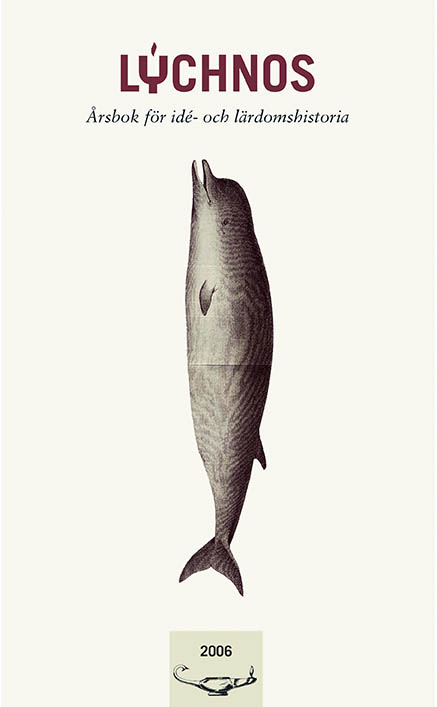Ren och smutsig matematik
Gösta Mittag-Leffler och Stockholms högskola
Abstract
Gösta (Magnus Gustaf) Mittag-Leffler (1846–1927) was a famous Swedish mathematician, a professor in mathematics at the university of Helsinki 1876–1881 and at Stockholms högskola 1882–1911. He is best known for the renowned journal of mathematics, Acta Mathematica, which he founded in 1882, his initiative for the international and Scandinavian mathematical congresses, and the foundation, Institute Mittag-Leffler, which goal is to promote the study of pure mathematics.
At the end of the 19th century European universities were dominated by an ideology that promoted philosophical and classical studies. The future civil servants were thought to be more in the need of moral education than any specific professional skills. With the growing industrialization and the evolution of the natural sciences, new needs for a more practical education emerged. Since the beginning of the 19th century there had been made plans in Sweden to build up a new institution for higher education in the country's capital city. From the start the new college, Stockholms högskola, was seen as a radical alternative for the universities, and from the first lectures, held in 1878 in physics and chemistry, the natural sciences dominated the curriculum. Mittag-Leffler was the first professor at the högskola and a controversial leader until the middle of the 1890s. In his opinion, the högskola should have concentrated its forces on free research, not on academic examinations. His policy had supporters among the teachers, but even adversaries. The högskola was economically dependent on private donations and funding from the city of Stockholm, and when the city put forward a demand for academic examinations as a condition for future economic support, the högskola was gradually assimilated to the same state-governed system as the existing universities.
Gösta Mittag-Leffler's stand was also dictated by the theoretical and abstract nature of the new mathematical analysis. Mathematical education had had a low standard in Sweden, and the new developments on the continent had not always been fully understood. In the wake of the industrial revolution the practical applications of mathematics seemed far more important than the valid theoretical grounds for analysis. Mittag-Leffler had the chance to study with the most outstanding mathematicians of the time, as Charles Hermite in Paris and Karl Weierstrass in Berlin, and it was after them he set his standards on how to pursue higher mathematical education. For Mittag-Leffler, pure mathematics was never a means to achieve any practical goals, but it was a goal in itself, one might say almost a religion. The objective and abstract nature of this "science of sciences" made mathematicians in his view even well suited to the leadership in the work for reconciliation in the turbulent times of the early 20th century.
Downloads
Publicerad
Nummer
Sektion
Licens
This work is licensed under a Creative Commons Attribution 4.0 International License. The copyright for the work published in Lychnos remains with the authors.


